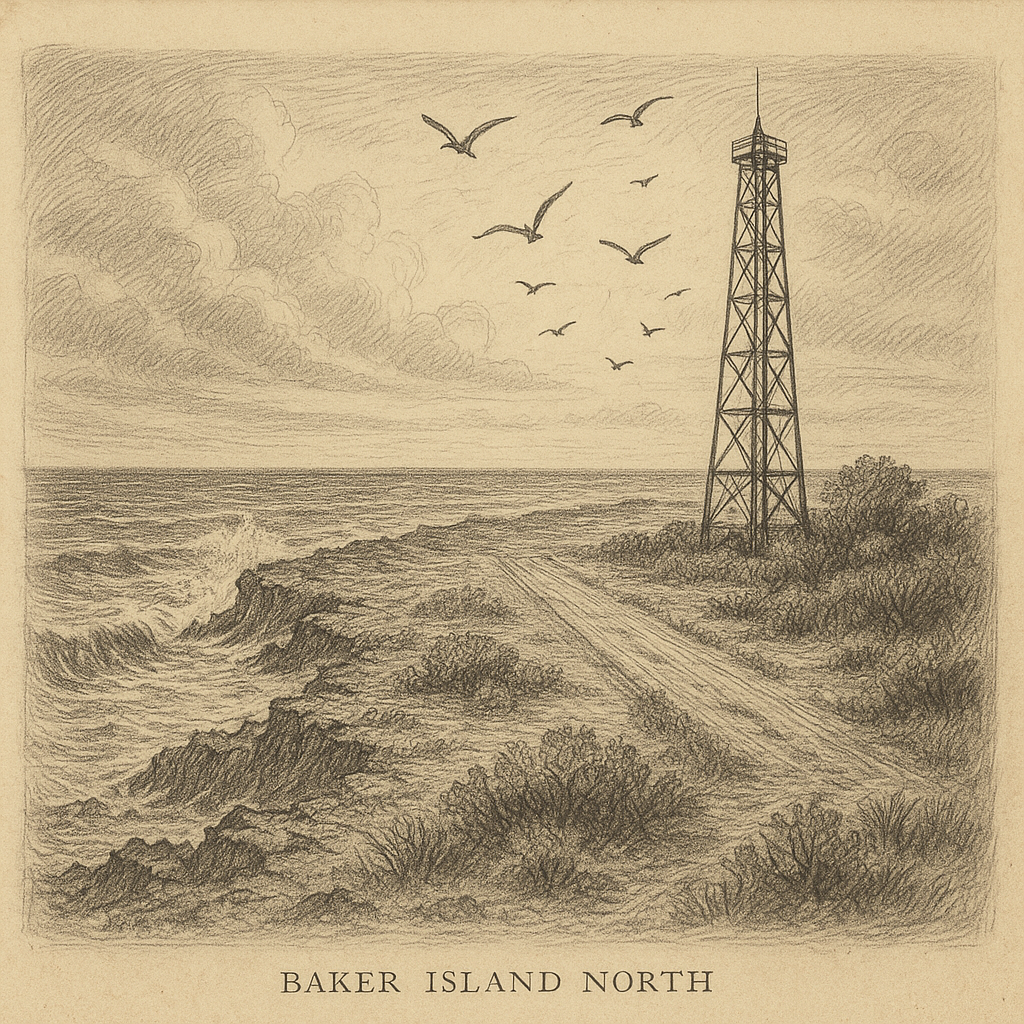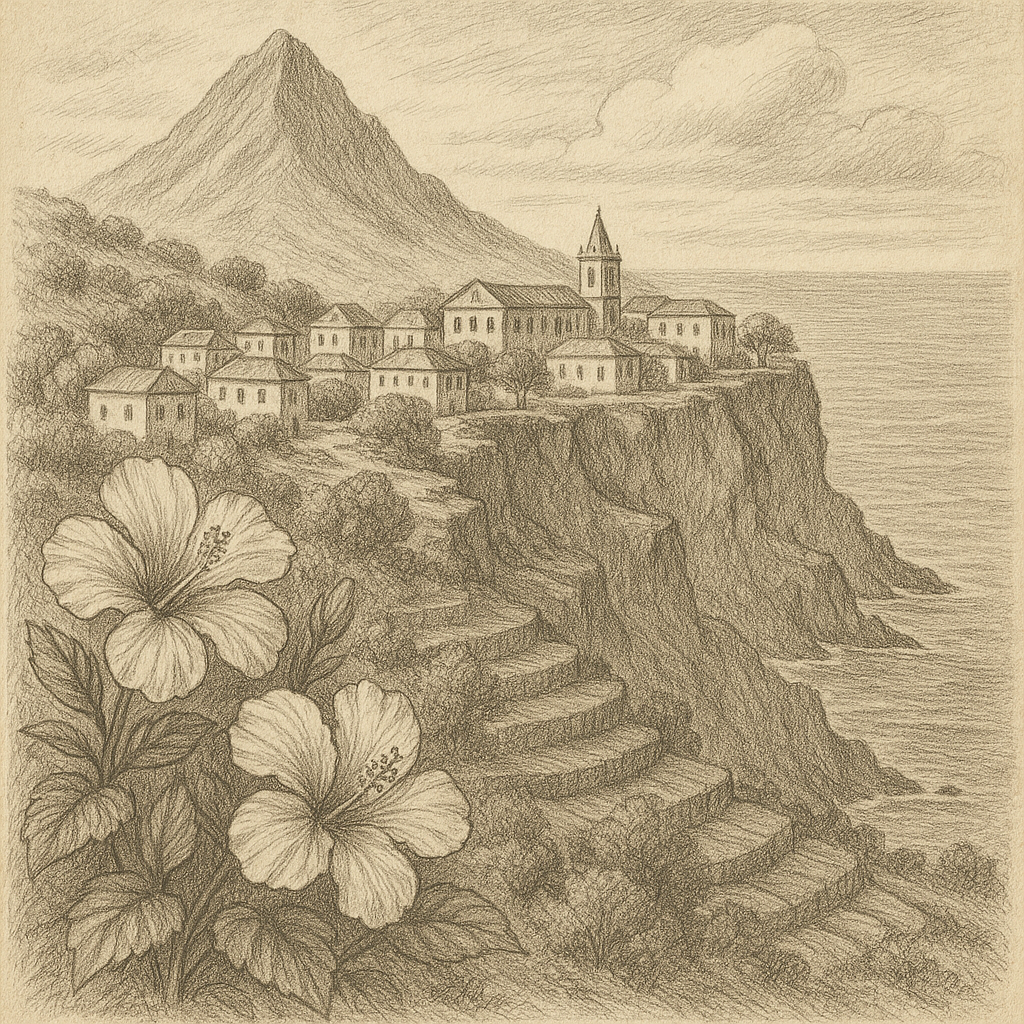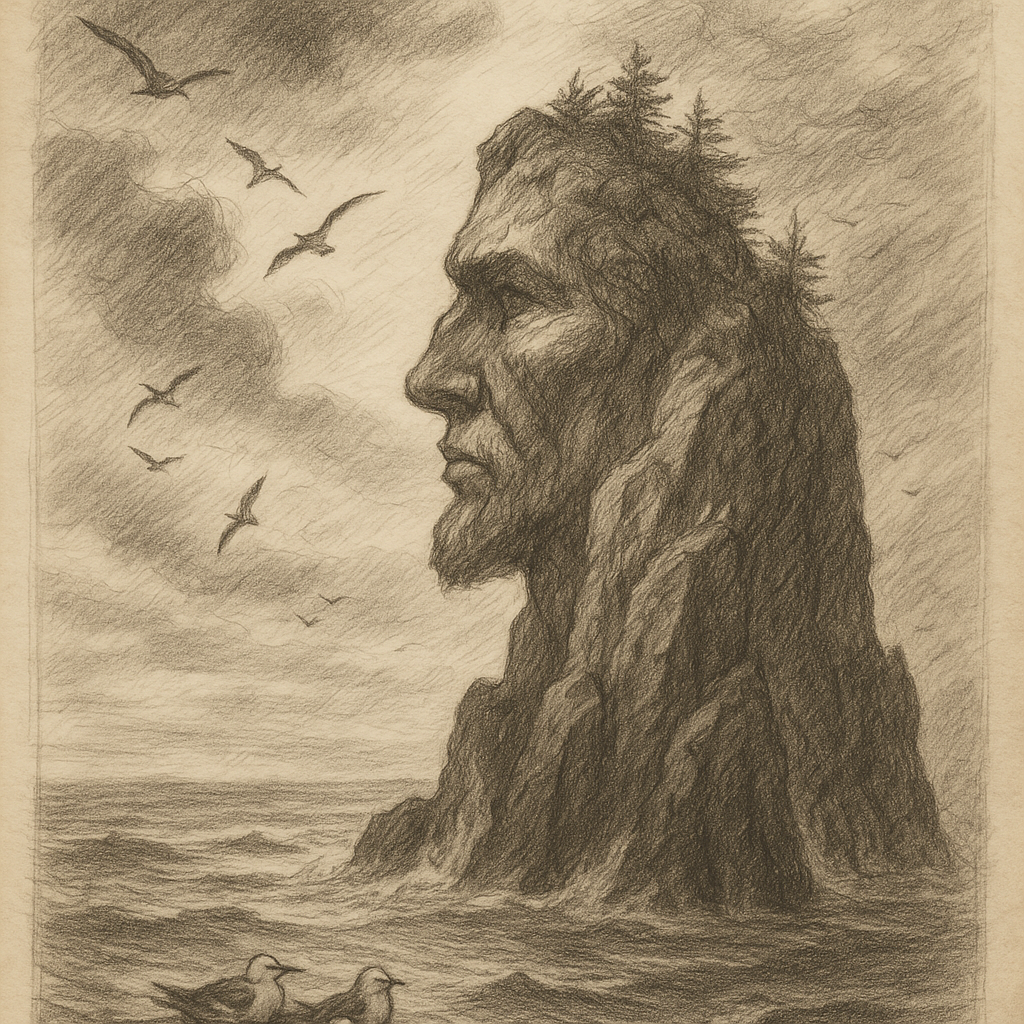Amsterdam Island: A Remote Haven in the Southern Indian Ocean
Amsterdam Island, also known as Île Amsterdam in French, is one of the world’s most remote and intriguing islands. Located deep in the Southern Indian Ocean, this isolated landmass is part of the French Southern and Antarctic Lands (Terres australes et antarctiques françaises, TAAF). Despite its isolation, Amsterdam Island holds a significant place in scientific exploration, ecological study, and marine conservation.
Location and Geography
Situated approximately halfway between southern Africa and Australia, Amsterdam Island lies at 37°50′S latitude and 77°30′E longitude. It is about 3,200 km southeast of Madagascar and 4,300 km southwest of Western Australia. Together with the nearby Île Saint-Paul, it forms the Amsterdam and Saint-Paul Islands District of TAAF.
Amsterdam Island covers a land area of about 55 km², and it is roughly circular in shape with a diameter of about 10 kilometers. The island features steep coastal cliffs and a rugged volcanic landscape. The highest point is Mont de la Dives, which rises to an elevation of 867 meters above sea level. The terrain is generally marked by lava flows, craters, and basaltic formations—evidence of its volcanic origin.
Volcanic Origins and Geological Significance
Amsterdam Island is the emergent summit of a massive shield volcano, which is believed to be less than 400,000 years old. The island has experienced sporadic volcanic activity in recent centuries, with the last known eruption occurring around 1792. Located on the boundary between tectonic plates, the island provides valuable data for understanding geological processes and hotspot volcanism in the Southern Hemisphere.
In addition to its geological uniqueness, the island is located in a marine zone with high primary productivity, making its surrounding waters rich breeding grounds for marine life. Underwater ridges and sea mounts around the island serve as natural barriers, creating upwelling zones that support diverse ecosystems.
Climate and Biodiversity
The island experiences an oceanic climate, characterized by mild temperatures, high humidity, and consistent westerly winds. Average monthly temperatures range between 11°C and 17°C throughout the year, and annual precipitation typically exceeds 1,100 mm.
Because of its remote location and lack of human disturbance, Amsterdam Island fosters a relatively untouched environment. It supports unique plant life, including the endemic Phylica arborea, a small tree that once dominated the island before the arrival of humans and their introduced species. Remarkable efforts at habitat restoration have enabled this flora to make a slow comeback.
Amsterdam Island also provides critical nesting sites for various seabird species, such as the sooty albatross and yellow-nosed albatross. One of its most notable fauna is the Amsterdam albatross (Diomedea amsterdamensis), a critically endangered species that breeds nowhere else in the world.
Human Presence and Research Station
Though uninhabited by civilians, Amsterdam Island does host a small scientific research station called Martin-de-Viviès Station. Operated by France’s TAAF administration, the station accommodates up to 30 personnel, mainly for climate studies, seismic monitoring, and biological research.
Historically, the island was discovered in 1522 by the Spanish explorer Juan Sebastián Elcano but was named after a 17th-century Dutch ship, Nieuw Amsterdam, which sighted the island in 1633. Attempts at colonization in the 19th and early 20th centuries failed due to the island’s severe weather, inaccessibility, and limited natural resources.
Accessibility
Access to Amsterdam Island is extremely limited. It can only be reached by sea, usually via the French research vessel Marion Dufresne II, which supplies the TAAF territories. Voyages are undertaken only a few times per year, and access is restricted strictly to authorized personnel, researchers, and occasional eco-volunteers under controlled circumstances.
Conservation Efforts
Since being designated a nature reserve and part of the French Southern Territories national nature reserve, the island has been under intensive ecological protection. Eradication campaigns have been undertaken to remove invasive species introduced by earlier inhabitation attempts, such as rats and feral cattle. These efforts contributed significantly to the rebound of indigenous species.
One of the monumental ecological achievements was the eradication of feral cattle in 2010, which helped restore native vegetation and nesting areas for seabirds. Conservationists continue to monitor ecosystems and implement biosecurity measures to prevent further ecological disruptions.
Interesting Facts About Amsterdam Island
– Amsterdam Island is the only place on Earth where the Amsterdam albatross breeds.
– Its small research station maintains a weather observation post that’s crucial for meteorological data in the southern hemisphere.
– Despite its size, the island once had feral cattle descended from five animals brought there in 1871. They eventually numbered over 2,000 before conservation action was taken.
– Unlike other remote islands, Amsterdam Island has no airstrips or helicopter pads, underscoring its isolation.
– The island’s surrounding waters are part of the newly created Marine Protected Area (MPA), which spans over 1.6 million square kilometers and is one of the largest in the world.
Legends and Lore
Given its remoteness and the unpredictability of the Southern Ocean, Amsterdam Island has attracted numerous tales of shipwrecks and survival. One enduring legend involves a group of castaways in the 19th century, reportedly stranded for months after their ship wrecked on the rugged coast. According to lore, they survived by subsisting on seabirds and rainwater and left behind mysterious carvings near the cliffs, which some claim can still be found today.
Other stories surround the island’s unexplored caves and the possibility of buried journals or artifacts from early explorers who failed to make safe passage. While much of this remains undocumented, the island’s isolation certainly fuels imaginations and keeps these legends alive among adventurers and historians.
Conclusion
Amsterdam Island stands as a symbol of isolation, resilience, and the power of nature. Though small and remote, its significance spans from scientific understanding to conservation impact. Whether it’s the rare albatross circling its windswept cliffs, the volcanic forces shaping its rocky terrain, or the legends etched into its hidden coves, Amsterdam Island remains an enduring enigma of the Southern Indian Ocean.


